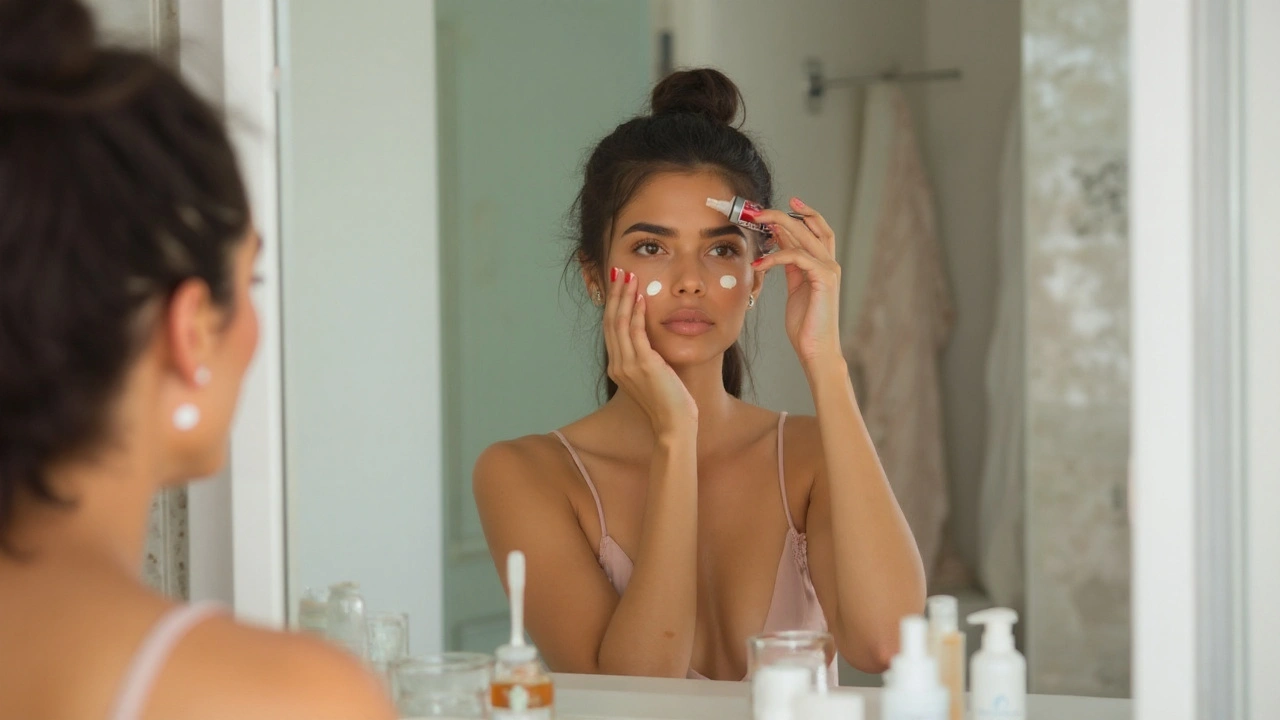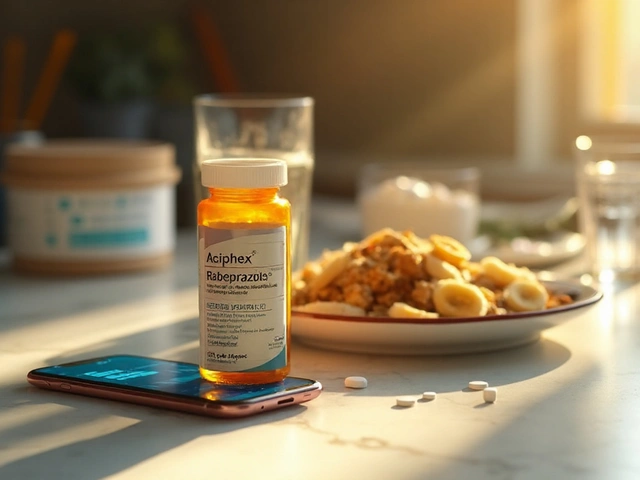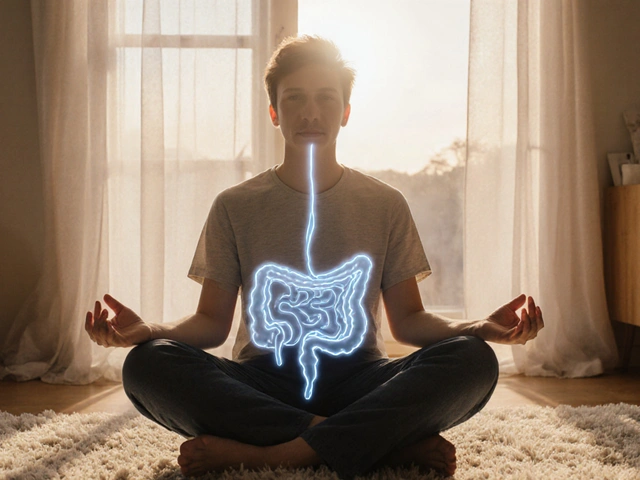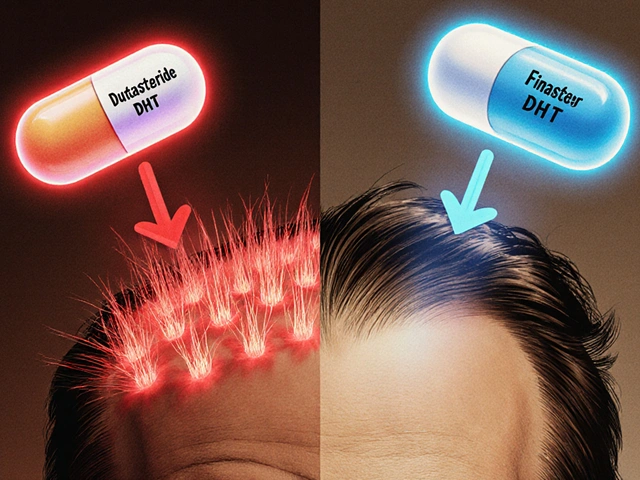Malassezia: What It Is and How to Manage It
Ever wonder why your scalp flakes or why you get that stubborn red rash behind your ears? The culprit is often a yeast called malassezia. It lives on most people's skin, but when it multiplies too fast, it can trigger irritation, itching, and those classic dandruff flakes. Understanding how it works helps you stop the cycle before it gets out of hand.
Why Malassezia Triggers Skin Problems
Malassezia feeds on the oils your skin naturally produces. When you have excess oil, or when the environment gets warm and humid, the yeast can explode in number. This overgrowth releases irritating substances that flare up the skin, leading to conditions like seborrheic dermatitis, pityriasis versicolor, and even some forms of acne. It’s not a bacterial infection, so antibiotics won’t help.
People with oily hair, a weakened immune system, or hormonal changes are especially prone to malassezia flare‑ups. Even certain shampoos or hair products that leave a heavy coating can give the yeast extra food. That’s why you might notice flare‑ups after a vacation, a change in skincare routine, or during stressful weeks.
Practical Ways to Keep Malassezia in Check
The first step is to keep the skin’s oil level balanced. Use a gentle, sulfate‑free shampoo that contains anti‑fungal ingredients like zinc pyrithione, ketoconazole, or selenium sulfide. Apply it to your scalp, leave it for a few minutes, and rinse thoroughly. Doing this two to three times a week usually stops most dandruff cases.
If you’ve got a facial rash or body spots, look for creams or lotions with the same anti‑fungal agents. Apply a thin layer to clean, dry skin and let it absorb before you dress. For stubborn cases, a short course of oral antifungal medication prescribed by a doctor can be effective, but it’s not needed for most mild flare‑ups.
Lifestyle tweaks also matter. Keep your hair and skin dry after sweating, avoid tight hats or headbands that trap moisture, and wash bedding weekly in hot water. If you’re prone to oily skin, a light, oil‑free moisturizer can keep your barrier healthy without feeding the yeast.
Some people find that dietary changes help. Reducing sugary foods and limiting high‑glycemic carbs can lower the amount of oil your skin produces. Adding omega‑3 rich foods like fish or flaxseed may calm inflammation, though the evidence is still limited.
Finally, stay consistent. Malassezia can come back if you stop treatment too early. Keep using the anti‑fungal shampoo once a week even after symptoms clear, just to keep the yeast in check. If you notice a new rash or your flakes keep returning, it’s worth checking with a dermatologist to rule out other skin issues.

Azelaic Acid for Seborrheic Dermatitis: How It Works, How to Use It, What to Expect
Clear, evidence-backed guide to using azelaic acid for seborrheic dermatitis-what it does, how to apply on face and scalp, timelines, combos, and safety.
Aug 23 2025




